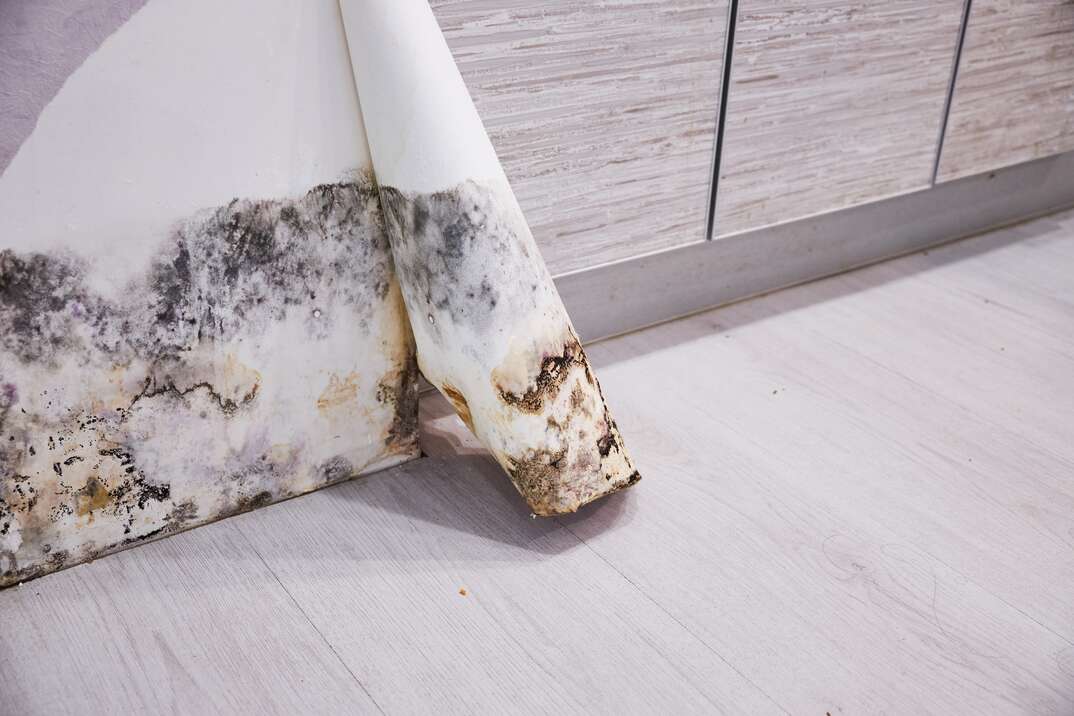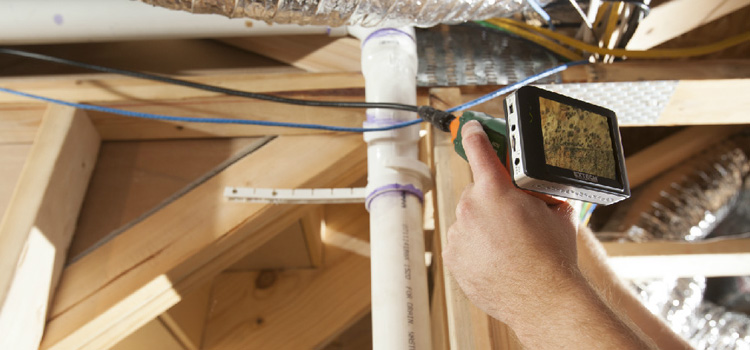Testing Air Quality After Mold Remediation
Testing Air Quality After Mold Remediation
Blog Article
Your Ultimate Overview to Post Mold Remediation Strategies
Browsing the realm of post-mold remediation methods is a precise procedure that demands attention to information and an extensive understanding of the complexities involved. In the consequences of mold and mildew problem, knowing just how to successfully eliminate the mold and stop its reoccurrence is extremely important for maintaining a healthy and balanced indoor setting. From selecting the ideal cleansing and decontaminating methods to executing methods for lasting mold and mildew prevention, each action in the removal trip plays an essential role in making sure an effective result. As we start this exploration of post-mold removal techniques, we will certainly reveal the vital approaches and best methods that can help you recover your room to its pre-mold condition and secure it against future mold threats.
Recognizing Post-Mold Removal Process
After completing the mold remediation procedure, it is critical to understand the post-mold remediation methods that are essential to make sure a efficient and thorough clean-up. Once the mold and mildew has been removed, the next action involves cleansing and sanitizing the influenced locations to stop any regrowth of mold and mildew. This consists of using specialized cleaning up agents to clean down surface areas and eliminate any kind of continuing to be mold and mildew spores. It is crucial to dry the location totally to discourage the development of mold in the future (what to do after mold remediation). Proper ventilation and dehumidification can assist in this process.
Additionally, carrying out a final assessment post-remediation is essential to ensure that all mold has been successfully removed. This evaluation should involve a comprehensive visual check in addition to perhaps air tasting to verify the lack of mold spores airborne. Additional removal may be needed if the examination reveals any kind of lingering mold and mildew. Educating passengers on preventative steps such as managing dampness levels and immediately attending to any kind of water leaks can aid maintain a mold-free atmosphere.
Reliable Cleansing and Sanitizing Techniques

Stopping Future Mold Development

Relevance of Appropriate Ventilation
Correct air flow plays a critical function in preventing dampness build-up, an essential consider mold and mildew growth within indoor environments. Efficient air flow systems help get rid of excess humidity from the air, minimizing the chances of mold and mildew spores locating the wetness they require to germinate and spread out. Without ample air flow, interior areas can end up being a breeding place for mold, bring about prospective wellness threats and structural damages.
By making certain appropriate air blood circulation, air flow systems can also help in drying out moist locations extra rapidly after water damage or flooding cases, better preventing mold and mildew growth. what to do after mold remediation. In areas like washrooms, attics, cooking areas, and basements where wetness degrees have a tendency to be greater, mounting and keeping effective ventilation systems is vital in stopping mold infestations

Surveillance and Upkeep Tips
Offered check out this site the crucial duty that correct air flow plays in preventing mold growth, it is crucial to develop reliable tracking and maintenance pointers to make certain the ongoing performance of air flow systems. Surveillance moisture levels within the home is likewise important, as high moisture can add to mold growth. By staying aggressive and conscientious to the condition of ventilation systems, building proprietors can efficiently minimize the risk of mold and mildew regrowth and preserve a healthy and balanced interior setting.
Conclusion
To conclude, post-mold remediation methods are important for guaranteeing a tidy and safe setting. Recognizing the procedure, applying reliable cleaning and disinfecting methods, stopping future mold and mildew growth, keeping correct air flow, and normal monitoring are all crucial action in the remediation process. By adhering to these standards, you can successfully eliminate mold and mildew and prevent its return, working or advertising a healthy and balanced living space for all passengers.
In the aftermath of mold infestation, understanding how to successfully eliminate the mold and mildew and stop its reoccurrence is vital for preserving a healthy indoor setting. When the mold and mildew has been gotten rid of, the following step involves cleaning and sanitizing the influenced locations to protect against any regrowth of mold and mildew - Post Mold remediation cleaning. After removing visible mold and mildew development, it is important to clean up all surface areas in the damaged area to remove any kind of continuing to be mold and mildew spores. To additionally boost mold and mildew avoidance measures, it is necessary to deal with underlying problems that at first led to mold and mildew development.Given the essential role that appropriate air flow plays in protecting against mold development, it is crucial to develop effective tracking and upkeep pointers to make sure the ongoing performance of ventilation systems
Report this page